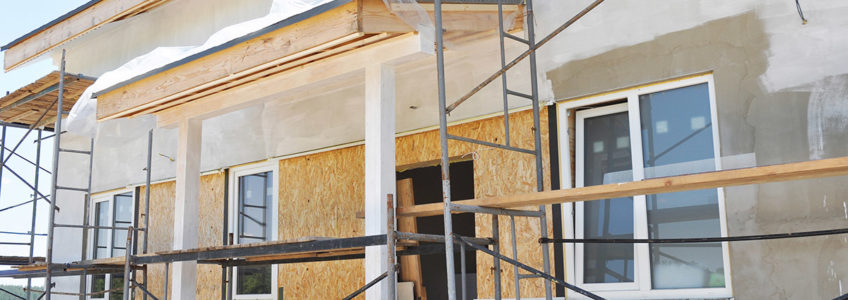
While a good portion of our client base are contractors, we wanted to put some helpful tips for planning construction projects which you can share with your customers—keeps everyone on the same page, and helps move the project forward as planned. From property and asset organization, to parking, to pets and children, we hope you find these tips a great asset as you sit down with new and prospective clients.
What To Do With My Stuff – The Furniture Shuffle
This challenge isn’t exclusive to residential customers, either. In commercial construction, entire offices, cubicles, and copy rooms must be dismantled and moved to a new space during construction projects. Depending on the furniture or equipment’s frequency of use, it may need to be set up in new space as well.
Residential Tip: Rent a portable storage unit that can stay on-site in an unused corner of your property, or if space is limited, have it picked up and stored at the rental company’s secure facility.
Commercial Pro Tip: Begin planning the overflow space during construction at the same time you’re reviewing plans with the contractor, and begin the move well ahead of the project start date. Technical difficulties are likely to come up when moving copiers, printers, servers, and network equipment; plan for it and create a buffer of time.
Contractors, Subs, and Deliveries, Oh My!
During even a small to moderate remodel, numerous professionals and vendors will be coming on site to deliver and install at your job site. Your driveway likely won’t be your own for the project duration, plan to park either on the street or in a willing neighbor’s driveway. Shuffling vehicles between your personal cars and workers can be a headache and eat into a productive day. Give the contractors the space they need to be efficient.
Keeping Children and Pets Safe
More common on residential remodels, it’s likely a homeowner will have either children or pets on-site for the project duration, creating a safety concern. A great way to mitigate this risk is to block doorways to exposed areas, preventing entry, and installing temporary construction fences around the active building site. If the homeowner has large outdoor dogs, temporary dog kennels are a cost-effective way to keep the pups safe from harmful areas on site.






